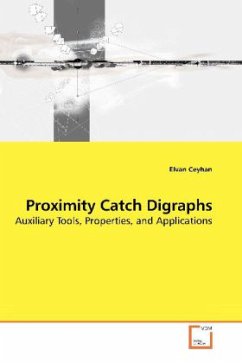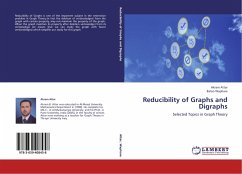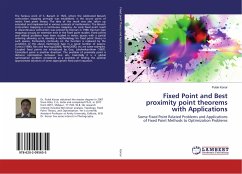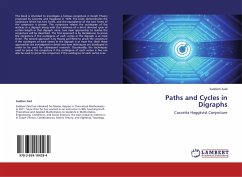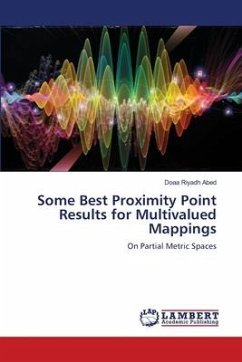This book introduces proximity catch digraphs (PCDs) based on multiple types of data points in a measurable space. The PCDs are constructed using the relative positions of members of points from a class of interest with respect to the Delaunay tessellation of points from another class. Among the advantages of PCDs is mathematical tractability of the distribution of the domination number, moments of relative density, and geometry invariance for uniform data. Thus PCDs are applicable on statistical hypothesis testing and pattern classification. The domination number and relative density are both used to test a type of complete spatial randomness against spatial point patterns of segregation and association. The power of the tests is assessed by asymptotic efficiency methods such as Pitman asymptotic efficiency, Hodges-Lehmann asymptotic efficiency, and asymptotic power function analysis. Finite sample power is analyzed by extensive Monte Carlo simulations. The methods are illustrated in the two dimensional case, but are applicable to higher dimensions as well as to other types of proximity maps.
Bitte wählen Sie Ihr Anliegen aus.
Rechnungen
Retourenschein anfordern
Bestellstatus
Storno

